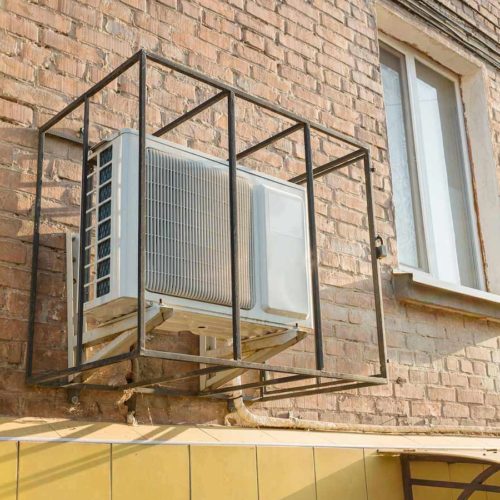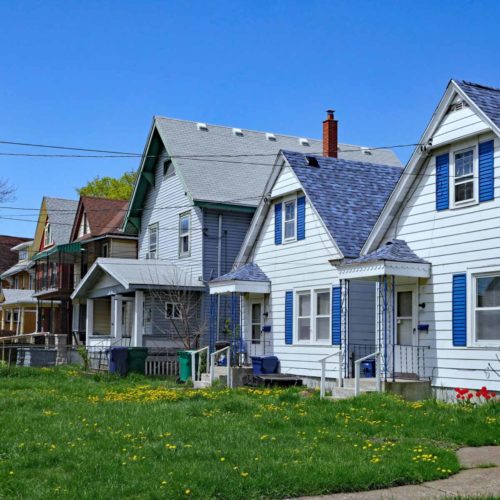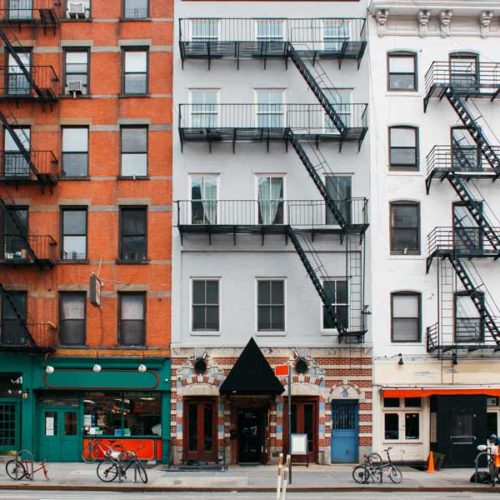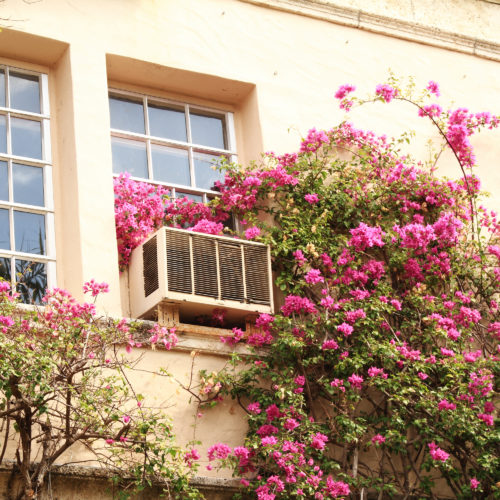
Buildings

We Need a New Approach to Cooling
The world’s first air conditioner was developed in 1902 to remove humidity from a building. Willis Carrier’s invention, that enabled the precise control of temperature and humidity, became the fundamental building block for modern air conditioning, evolving through the 1920s into air conditioners to provide cooling to the built environment.

The Wonders of Weatherization: Improving Equity through Stimulus Funding
COVID-related health impacts and financial hardship have disproportionately affected people of color in the United States. At the same time, the protests over the killing of George Floyd have further emphasized the need to address this country’s systemic racial inequities. Rather than allowing racial inequality to worsen further, Congress can…

How to Stay Cool while Saving Energy
As a heat wave grips much of the country, with temperatures in some areas running into the triple digits, keeping cool is critical. Yet as millions of people rely on air conditioners we run into problems.

After Pipeline Rejection, New York Must Chart a New Energy Path
In May, the State of New York put an end to the $1.4 billion Northeast Supply Enhancement gas pipeline into New York City by denying a crucial water permit. Now state leaders have an opportunity to pursue the efficiency and electrification solutions that can both ensure reliable energy supply and…

Solutions for India’s Cooling Quandary
Last month consumers across India received a jolt when they were delivered their electricity bills. The combined effects of stay-at-home measures to contain the COVID-19 pandemic, the sweltering heat of the Indian summer, and increased usage of energy intensive appliances such as air conditioners resulted in electricity bills being up to ten times higher than normal.
